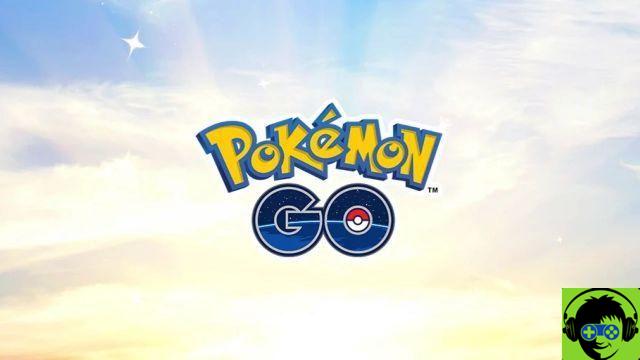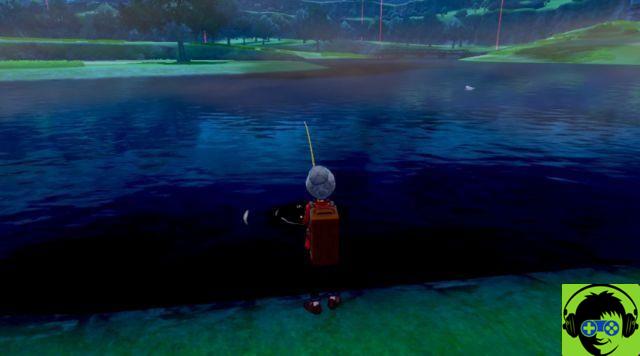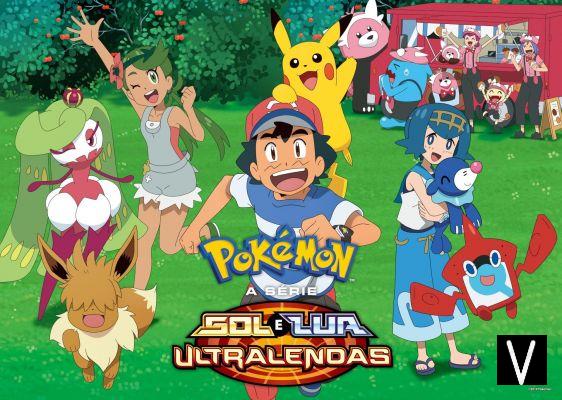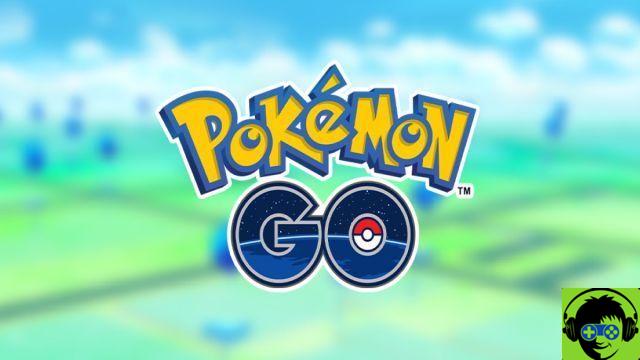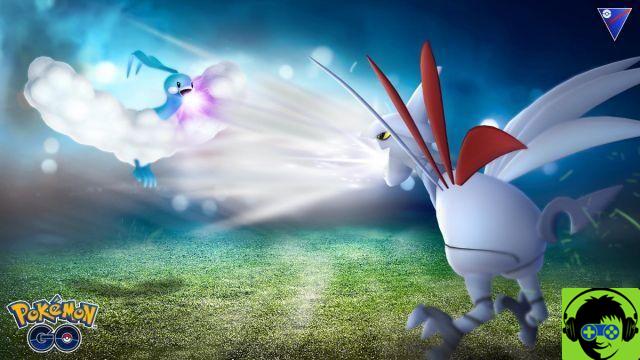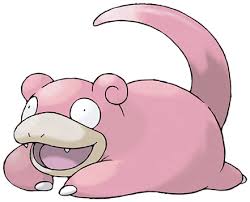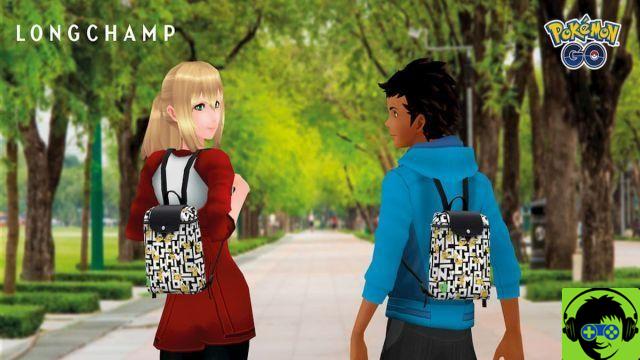
After more than twenty years from the birth of the brand, the dream of all Pokémon fans has been realized.
Sword Pokémon e Shield Pokémon are the first pair of main series titles to arrive on a home console, after 7 generations of handheld games.
In the past they had gone out numerous spin-off titles, da Pokémon Stadium su Nintendo 64, fino a Pokémon Let’s Go Pikachu e Let’s Go Eevee proprio su Nintendo Switch.
They however brought numerous changes to the game structure, proposing a very different experience from what was usually expected.
The beginning of the eighth generation Pokémon, on the other hand, wants to offer fans of the series an adventure with the classic style that has remained almost unchanged for over twenty years, while bringing various innovations to enrich the experience.
Will Game Freak be able to surprise us, taking the brand to new heights without forgetting what made it so popular? Find out in our review.
An epic but too hasty story
At the root of all the Pokémon games released so far, is the tried and tested structure of eight gyms specialize in only one type to access the Pokémon League and ultimately defeat the champion, stopping a criminal organization's plans in the process.
Sword and Shield Pokémon they don't try to break this cycle, as to propose it in a new guise. The fights in the gym are now real events that fill the stadiums with spectators, and in order to participate you must first be recognized by an authority in the field, as happens for sports players in the real world.

Within the usual and linear tour of the gyms are added the mythology and mysteries of the Galar region, concerning the legends about an enigmatic hero armed with a sword and shield who would have saved the kingdom hundreds of years earlier.
Following the trend already introduced in Pokémon X and Y and expanded by Sun and Moon, it is even more frequent the use of cutscene in-engine as opposed to the static dialogues of previous titles.
None of these, however, is dubbed, however, forcing us to have to read long lines of text to understand what is happening.
Despite this increased focus on plot sequences, crucial factors such as Galar's past remain a secret to most of the game, with only slight references to it throughout the adventure and all the answers brought only one step away from the end.
Thus there remains the impression of having missed something, which these mysteries should have had a more important role during a journey that saw us focused exclusively on winning medals.

The main adventure is quite short, we at Binfogamer.com managed to beat the champion after 12 hours without being in a particularly hurry and stopping to explore all the routes and cities we had the opportunity to visit.
It is also present a post-game episode which expands the story and introduces new characters, yet it too comes to an end in no time.
We were not even convinced by the level of challenge proposed. In the course of our adventure we have tried to artificially increase the difficulty, avoiding wild encounters and fights against the coaches in order not to gain experience points.
Despite this regard, we have frequently found ourselves having Pokémon of a higher level than Gym Leaders that we had to face.
The main fault we attribute to the sharing of the experience between all the Pokémon of the team always active, without any possibility of deactivating it as in the previous titles.
While on the one hand it can remove tedious farming of experience points, on the other we found ourselves gaining too much and too quickly to be able to have an adequate level of difficulty.
A simple option would have given different types of players the chance to choose what kind of experience to receive, so we wonder why it was removed in these games.
The biggest Pokémon world ever
Free from the limitations of a handheld console, one of the biggest expectations for these games was that they deliver a huge map to explore, full of details, characters and Pokémon to catch.
Game Freak has therefore decided to divide the map into two sections: the classics cities and linear routes as we have already seen them in the Nintendo 3DS games are now placed side by side with Wildland, an open-map area which we will discuss in detail later.
As far as classical exploration is concerned, however, no particular progress has been made, apart from the graphic point of view.
Both the country roads and the cities are loaded with detail and full of inhabitants, with particularly suggestive background scenarios which give the idea of a huge world to explore, when in reality we will only have access to a very small portion of the Galar region.

Even the largest cities, full of buildings, alleys and npc allow you to enter only a handful of houses, where you can chat with their residents.
In some cases, moreover, the interiors are repeated, with only the npc that we will find inside to distinguish a house from the previous one.
In addition to these few houses, in each city it is possible to visit only the Pokémon Center, the Gym, the shops and some buildings important for the purposes of the plot.
The paths follow the same philosophy, always resulting in gods extremely linear corridors with only occasional branches to pick up an item that is off the main road.
The days when we got lost for hours in search of the exit in dark and labyrinthine caves are therefore far away, a correction perhaps a little too aggressive which limits the player's freedom of movement.

Maps so closed in on themselves, without the possibility of controlling the camera, combined with an extremely guided progression they break the illusion of being in a free and boundless world, a promise reserved exclusively for the Wild Lands.
It is a positive note however the complete abandonment of the old NM system, moves that you had to teach your Pokémon in order to overcome certain obstacles.
Already in the seventh generation titles an important step had been taken in this direction, replacing the moves with "Pokémon for rent" to call in time of need to overcome the barrier in question.
In Pokémon Sword and Shield this idea is developed further. We will never find the proverbial shrubs to cut or heavy boulders to move, and advanced areas will be made temporarily inaccessible only for plot reasons.
Also fast travel from one location to another, once relegated to the final stages of the game, is unlocked very early, immediately giving the player an extremely convenient and fast option for backtracking.
Pokémon in the wild
One of the most popular innovations introduced in Pokémon Let's Go Pikachu and Let's Go Eevee was the absence of random encounters, with everyone wild Pokémon visible in the overworld.
Pokémon Sword and Shield take up this system, but giving it a new tweak to further enhance the experience of searching and capturing our favorite monsters.
Both in the normal paths and in the Wilds we will see Pokémon of all kinds turn freely, with the tall grass areas serving as simple spawn points for the various creatures.

As we approach them they will each react differently, who will try to escape, who will run towards us in search of a fight and who will stand still and stare at us.
However, tall grass is not a safe area: together with the Pokémon that walk alongside us Random encounters have also returned, albeit far less frustrating than previous titles.
Walking in the tall grass we will occasionally see an exclamation point appear and run towards us. Contacting us will start a fight against a wild Pokémon, but we will always have enough time to react and avoid it.
While a wide variety of freely spinning creatures are still seen in the overworld, some may only appear through random encounters, so as to don't make it too easy to meet all the Pokémon of the game.
However, collectors have nothing to fear, as the type of the first Pokémon on their team will affect the type of those in random encounters, thus allowing some level of control over who we're going to find in any area of tall grass.

We would like to promote this system with flying colors, as it perfectly balances the impression of a living and populated Pokémon world, the possibility of avoiding unwanted encounters and a pinch of mystery about what is hidden among the thick tufts of grass.
The only drawback of this system is therefore the level limit imposed by the number of medals owned.
In fact, if in previous titles getting a medal allowed us to obey Pokémon obtained through exchange above a certain level, now this barrier extends to the possibility of capturing wild Pokémon.
In other words, if by any chance we ever get the chance to catch only Pokémon below level 30, and we run into one that is level 40, our only options would be to either defeat it or flee.
This limitation seemed unfair to us towards players who would have been skilled enough to catch a Pokémon much stronger than them, as well as towards those who will have to give up adding to their team such rare and fortuitous encounters.
The first timid step towards the open world
As we already mentioned, a completely new concept for the series has been added to the classic Pokémon level design, the Wildland.
This huge area located in the center of the region represents the first time in which exploration is not limited by predetermined routes, but the player is free to go wherever he pleases and has the full control over the game camera.
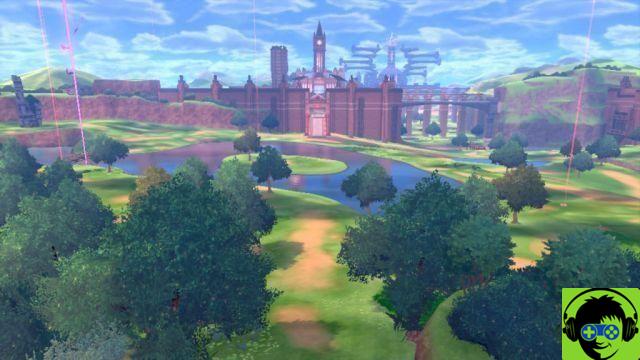
As in normal routes, there is a mix of random encounters and free Pokémon in the overworld, with the species that can be encountered depending on the area in which we find ourselves, on atmospheric conditions and on the time of day.
Such Pokémon can be of any level, both on par with our team and much higher, creating matches with an always unpredictable outcome.
As previously stated, however, if a Pokémon is of too high a level we won't have a chance to catch him at all.
During the adventure, however, the average level of the Pokémon present it will gradually grow, making encounters with creatures of a much lower level than ours rather rare.
Around the map you can also find some strange luminous hollow rocks, the dens of Pokémon Dynamax.
By interacting we will get gods Watt, a special currency that can be used inside the Wild Lands, and if there is a Pokémon inside it we can start a Dynamax Raid, which we will discuss in detail later.

Apart from capturing Pokémon, there are few other activities. We will in fact come across in fruit trees to be shaken to obtain precious berries, however, risking being attacked by a Pokémon that lived in the branches of the tree, or in various objects on the ground generated randomly every time we visit the area
Finally, there are various NPCs who will offer us numerous useful items in exchange for Watts. These can range from useful items for the competitive to ingredients for the curry e Technical Discs to teach our team new moves.
This area also has the second purpose of being one lobby online. If we are connected to the internet we will be able to see other players' avatars roam the map, and receive numerous notifications when they catch some Pokémon or start a Dynamax Raid.
However, we will not be able to interact directly with these avatars, but we will have to open a special menu to be able to search for players with whom trade, fight or raid exactly like in cities and normal routes.

One last activity that we can do both inside and outside the Wilderness is the Pokécampeggio, a renewed version of the Pokémon Refresh that will allow us to cuddle and play with our Pokémon and try our hand at a minigame to cook them curry.
However, wandering around this open-map area while we are online will allow us to visit other players' campsites and also interact with their teammates.
These Wild Lands are therefore an excellent experiment to create an area similar to an open world MMO, but still lack activities to do within them.
In fact, in addition to the capture of Pokémon and the exchange of Watts for tools we will not have no reason to visit it, as the main story and all side missions will be set outside of it.
The giant Dynamax Pokémon

Like Mega Evolutions in Generation VI and Z-Moves in Generation XNUMX, these games also introduce their own unique gimmick for battles. In this case it is the Dynamax and Gigantamax forms, which magnify the size of the pokémon.
They come as an attempt to balance and merge the two previous gimmicks, removed completely from these games.
The Dynamax shape in fact it is accessible by all the Pokémon but only once per battle, it just lasts three shifts, turns all of the Pokémon's moves into moves more powerful variants and with special secondary effects e increases its battle stats.
The Gigamax form mechanically it works the same way, but in addition to the size it also changes the appearance of the few Pokémon that can use it.
Like Mega Evolutions, only certain species have access to Gigamax, and within this small group only the Pokémon caught inside Raids they can transform.

A fatal flaw of the two previous gimmicks was that, once obtained, they alone made the rest of the game excessively easy, as in any fight against the CPU they turned into almost guaranteed victories.
Dynamax instead can be used exclusively in certain predetermined encounters, or the fights against the gym leaders, the Pokémon League and the Dynamax Raids, all battles in which the opponent will also have access to this special form.
At least as far as the pve is concerned, however, the mechanics it still lacks the necessary depth to offer a variety of strategies during battles.
In fact, challenging other CPU-controlled trainers it will simply be a matter of choosing whether to use it to quickly eliminate all of their team except the last Pokémon, or whether to reserve it for when they too activate their Dynamax with the last member of their team.
Nei Raid Dynamax instead it is sufficient for the player in possession of a super effective move against the opposing boss to activate it as soon as possible to increase the damage inflicted and conclude the fight faster.
However, it has the potential to profoundly change the competitive battle metagame, especially in the VGC format which sees players compete in doubles battles.
Since these new titles have just been released, it is still early to give a definitive judgment, waiting for fans to develop their strategies for future tournaments.
The arrival of huge boss battles
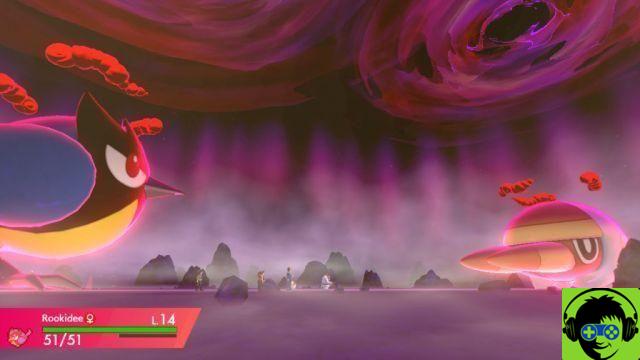
Another novelty of the title is the introduction of Dynamax Raid that we mentioned earlier, or cooperative battles in which four players team up to face a very powerful Pokémon Dynamax or Gigamax.
They can be initiated by interacting with one of the Pokémon lairs scattered throughout the Wilds from which a ray of light comes out, or joining someone else's raid if you are connected to the internet.
While they can also be tackled alone with the help of three CPU allies, artificial intelligence is rather disappointing and will often send Pokémon unsuitable for the current challenge onto the field.
In fact, the focus is on facing these huge bosses by cooperating with other players in local wireless or online.
At the higher difficulty levels, at certain predetermined HP ranges, the Dynamax Pokémon will create a barrier capable of nullifying any attack and will request from three to five attacks to be destroyed, with Dynamax moves able to remove two notches of the barrier.

Although the game presents these battles as the maximum peak of difficulty, they turn out to be rather simple.
With a well organized team it is possible to eliminate any boss in less than three shifts before you have a chance to catch him, although a mistake by the group can still turn very quickly into a defeat.
In spite of everything, it is still a lot of fun to organize with your friends to face these gigantic opponents.
The lack of a voice chat however, it makes it more difficult to fully enjoy these encounters, despite the game trying to give us an idea of the intentions of our allies.
How the Wilds are an experiment with very high potential that we hope to see revived and improved in the future, perhaps with the obligation to apply more complex strategies to emerge victorious at higher difficulties.
Once you get through these battles we will get various rewards, from a very high number of Watts to candies to increase the experience points of our Pokémon and many other useful items for the competitive, greatly simplifying the preparation phase for players who want to try their hand at battles against each other.
A fluctuating technical side
One of the most heated topics of discussion among fans of the series in recent months has been the technical side of the game.
In fact, during this year's E3 it was revealed that many Pokémon from previous generations would not have been transferable in these new titles, as Game Freak would have dedicated more time to take care of graphics and animations taking it away from the implementation of all the pocket creatures.
The final product leads fluctuating results, with some parts of the game extremely curated and others that would definitely need more attention.
From a performance point of view, Pokémon Sword and Shield hold up perfectly, offering one solid experience at 30 fps stable, apart from in the Wild Lands when connected to the internet, a situation in which serious drops in framerate appear.
In docked mode the game keeps one for most of the time resolution of 1080p, taking advantage of a dynamic resolution adjustment to keep the framerate stable. In portable mode the experience is the same, only reduced to 720p.
The textures however are often in low resolution and it is completely absent anti-aliasing, thus often creating serrated edges around objects, even if everything is flanked by well-made and cared for lighting effects.

If landscape elements such as cities, mountains and trees are visible from a great distance, Pokémon and NPCs suffer from a very serious pop-in problem, in which they appear on the screen at a very short distance from our character.
In certain situations it is even possible to go to bump into an invisible obstacle only to realize later that the game hadn't loaded the 3D model yet of the character we collided with.
Even during the battles, extremely refined backgrounds are alternated, with elements of the overworld landscape present on the battlefield, with bland backgrounds of a single uniform color.
Finally also the much-discussed animations present themselves with an inconsistent level of quality. In certain cases we will find ourselves in front of extremely accurate and dynamic animations, while other moves will be represented only by a graphic effect on the screen without any reaction from the executor of the attack.
We give a note of merit to the will of make the most of and in an intelligent way the unique features of the new console.
Some gym puzzles and the cooking minigame in fact make excellent use of the Nintendo Switch gyroscope and HD vibration, making them anyway optional for players who don't appreciate these features.
As usual, the audio sector, on the other hand, remains of excellent quality, providing a large number of memorable tracks that are always suitable for the context.
We wonder, however, why making more advanced audio adjustment options a tool to find, rather than something accessible from the start.
In conclusion
Sword and Shield Pokémon they present themselves as a good debut of the series on a home console in HD. Innovations such as Wildland ed the new wild dating system are an important step forward for the series, which we hope to see revived and further refined in the future.
Sadly the story, exploration, and major new battle mechanic haven't made the same leap in quality, leaving us still eager to see realized the maximum potential that the series has yet to reach.
Due to a shaky technical sector and some hardly justifiable design choices, we were not fully satisfied from the eighth generation of Pokémon, also considering that the price increase compared to previous titles does not reflect the same growth in the quality of the games.
Despite everything it can still offer a good experience both ai fans of the series older than younger ones.




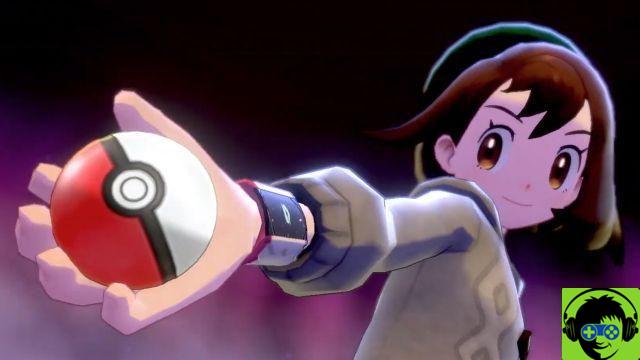


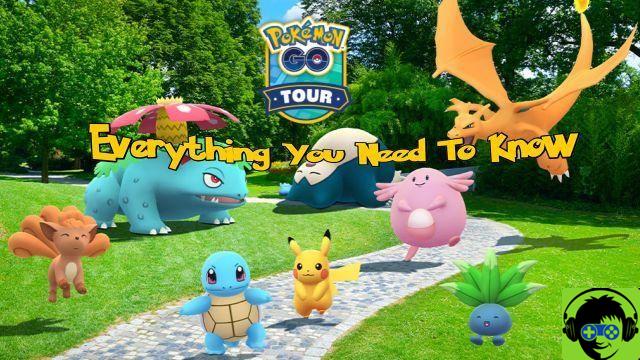
![Pokemon Sword & Shield: How To Get Gigantamax Snorlax | Mystery Gift Guide [12/4]](/images/posts/e26e100a92bbadfa6c43dc2dec97d8bc-0.jpg)

